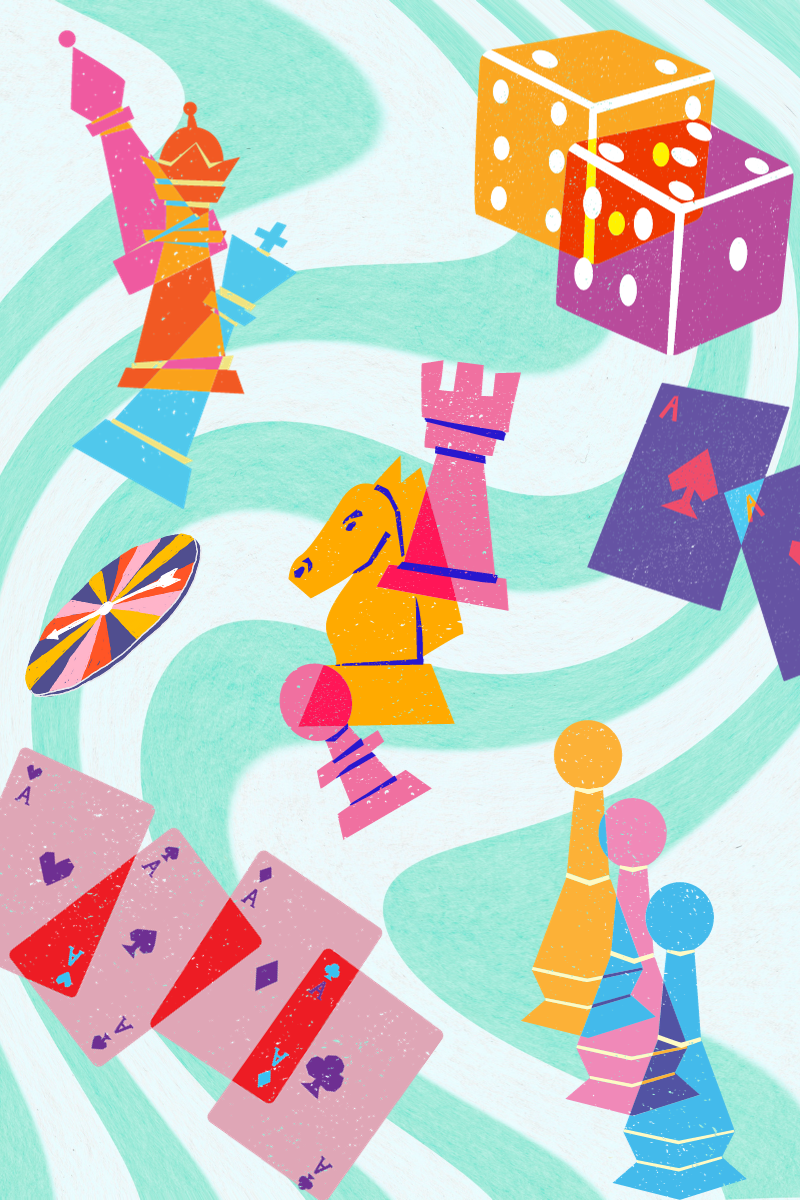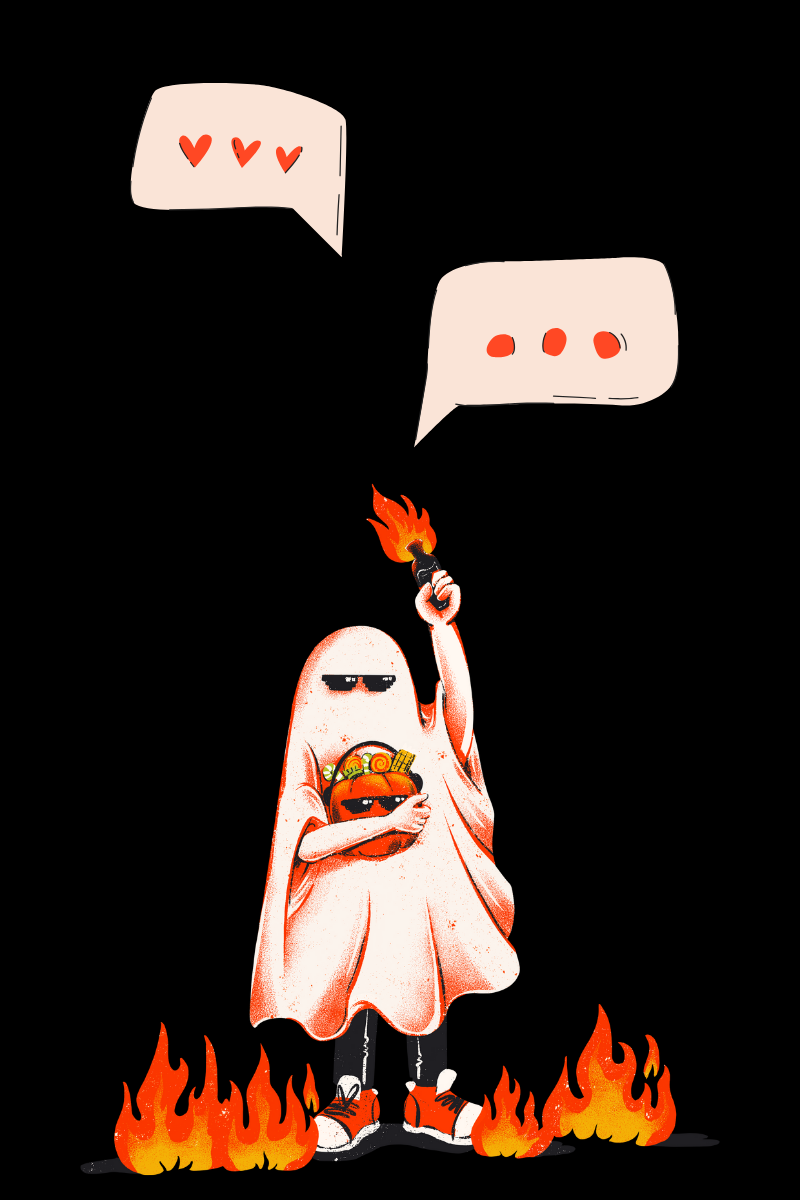Relationships are a foundational part of our lives, as well as astrology. While natal synastry can tell us a lot about each person's inherent tendencies and how they react, it can only go so far. Progressed synastry shows us where each person is at in the present moment, both unconsciously and emotionally. A progressed chart shows us how we grow, and a big part of relationships is learning to grow with each other, not apart from one another. So how can we approach synastry, and our relationships, in a more mindful way? The answer lies in the progressed synastry chart.
There are a few things I look for first in a synastry chart, whether it’s progressed or natal. The first of which is Venus, planet of love and relationships. Seeing the condition of Venus (and no, I am not taking about debility or dignity or anything like that) is important. What I look towards first specifically is Venus’s aspect towards the other person’s Venus. Is it sextile? Are the Venuses square one another? Is one person’s Venus unaspected? All of these things matter in a synastry chart, and are what I look towards first and foremost. Then we get into Venus’s condition a little further, noticing any retrogrades or stations, as well as any aspects to other planets and angles. A progressed Venus's sign can show us how the other person gives and receives love, as well as their outlook on love at the moment. Venus also rules money, so if finances become an issue in relationships, I also look towards the planet for that, as well as any aspects to Saturn, Uranus, Jupiter, or Neptune. But love and money is not all you need in a relationship, you also need emotional fulfillment, a healthy approach to communication, and a healthy sex life. So what do we look towards for that?
The next things I look towards in a progressed synastry chart are the Moon and Moon phase to represent emotional states, Mercury for communication or lack thereof, and Mars for all things sex. The progressed Moon's zodiac sign, phase, and aspects can tell us a lot about our partner's emotional states. The Moon aspecting Pluto in any scenario might indicate a partner is feeling down, and a progressed Moon aspecting Uranus may mean that they are feeling a bit chaotic or jumpy in their emotions or yearning for more emotional freedom. In terms of zodiac signs, the progressed Moon in the sign of Capricorn may mean that our partner is more career driven or feels a bit more distant or closed off. A progressed Moon in the zodiac sign of Pisces may be a bit more emotional or artistic than usual. The phase of the Moon matters as well. When a Moon reaches the latter part of the Crescent phase to the beginning of the First Quarter phase, for example, a person may have a rough time reconciling the path they are on and their identity with themselves. This is because at these phases, the progressed Moon is at a square with the progressed Sun. The natal Moon phase should be taken into account as well. To get a better understanding of your partner's emotional state, I would look towards the Moon and any aspects to it.
As for communication in a relationship, Mercury is what I would look towards. Mercury in aspect to the outer planets or squaring a partner's Moon, for example, may cause emotional upsets. One partner may not feel understood, and feel like everything they say is taken the wrong way. Retrogrades are another time when a partner may feel isolated, alone, and in need of a bit more TLC. Extra work may need to be put in to communicate more with a partner who's progressed Mercury is in retrograde. The same goes for Venus, as a retrograde Venus can indicate different views of love, isolation in love, and perhaps feel alien in their own relationship. Partners who have progressed retrograde planets may need a little extra support from their loved ones during that time.
Mars is what we would look to in regards to physical intimacy, and also arguments. If a couple is seeing constant disagreements, I would look towards Mars and Mercury. If they are just having trouble with their intimate life, I would look towards Mars, with Venus if needed. A person's expression of aggression (passive aggression, very blatant aggression, etc) can be seen through their Mars. When looking for how one verbally expresses their anger, I would look towards Mercury as well as Mars (and any aspects between the two).
So how do we put all of this together into practice? Let’s look at a natal synastry and progressed synastry chart of a relationship that never really got off the ground. Here is the natal chart synastry:
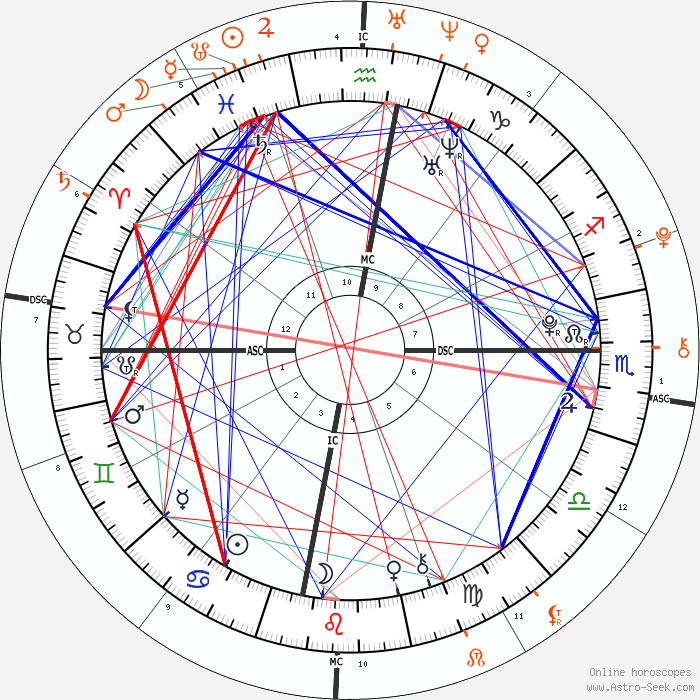
And here is the progressed synastry chart:
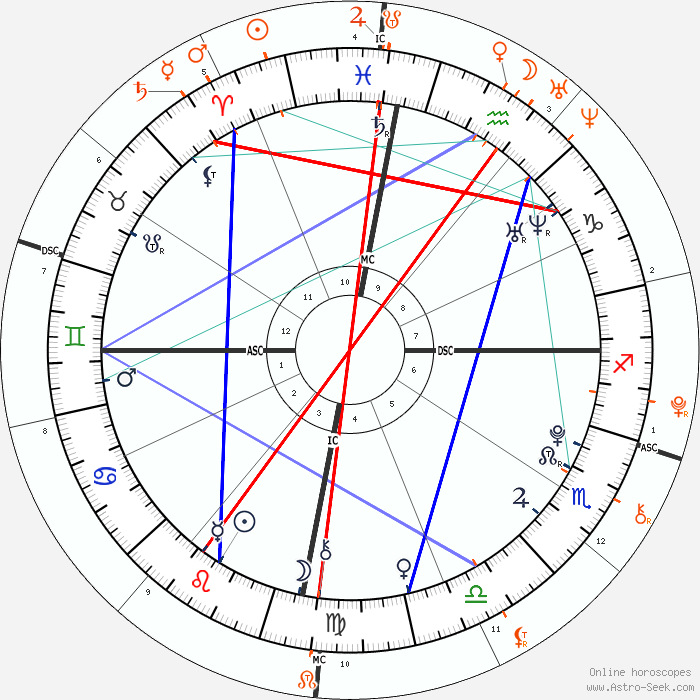
First, let’s look towards Venus aspecting Venus in the natal chart. There’s nothing there. a wide orb (2 degree) biquintile. But still, that does not change the fact that there is nothing really there. Venus aspects for the outer wheel of the synastry chart include a tight conjunction to Uranus (which I have personally never found to be a good sign, as it can represent inconsistent love, but others may disagree so take that as you will) and Neptune. The inner wheel Venus also had a tight sextile to Pluto and semi-square to Saturn. Long story short, the inner wheel person is not as invested as the outer wheel person, as their Venus is largely unaspected in the synastry chart.
Next, we look towards emotional investment. Please keep in mind we are still analyzing the synastry of the two birth charts, not the progressed charts- which we’ll get to in a minute. The inner wheel person has a few lunar aspects, with a trine to Pluto and Saturn, a tight inconjunct to Mercury and the south node, and a square to the Descendant. Please keep in mind the angles (the DC especially) when looking at charts. The outer wheel’s Moon has much better aspects, with a trine to the Sun, north node, and Descendant. The outer chart’s Moon is also conjunct Saturn. Again, we see the same theme of one person being smitten and the other unwilling to commit.
Mercury, the heart of communication, has a quintile to Saturn, a square to Mars, and a trine to Jupiter in the inner wheel’s chart. In the outer wheel’s charts Mercury has a conjunction to Saturn, an inconjunct to the Moon, and a trine to the Sun.
Now, we get on to the progressed synastry chart. As you can see, the inner wheel Venus has a tight trine to Neptune, and the outer wheel‘s Venus has a tight opposition to the inner wheel’s progressed Sun. That’s…. a lot. “Hard” aspects from Venus to luminaries specifically are not something I love. Others may disagree, as “bad" aspects are not always tough. And while I generally agree, having the planet of love opposite it square someone’s core self - their Sun and Moon - is not something that I want in a synastry chart. To feel acknowledged emotionally and identity wise is important in any relationship. It may feel like an uphill battle to give and receive love in that relationship, or to feel truly understood, but again, aspects from Venus to Venus need to be looked towards as well. In this case, there are none. It is hard to make something out of nothing, or to fix what isn’t there at all.
Now, just because this relationship didn‘t blossom does not mean some cannot. Let’s look at some successful (so far!) synastry charts. (God, I hope I don’t jinx that!)
The natal synastry:
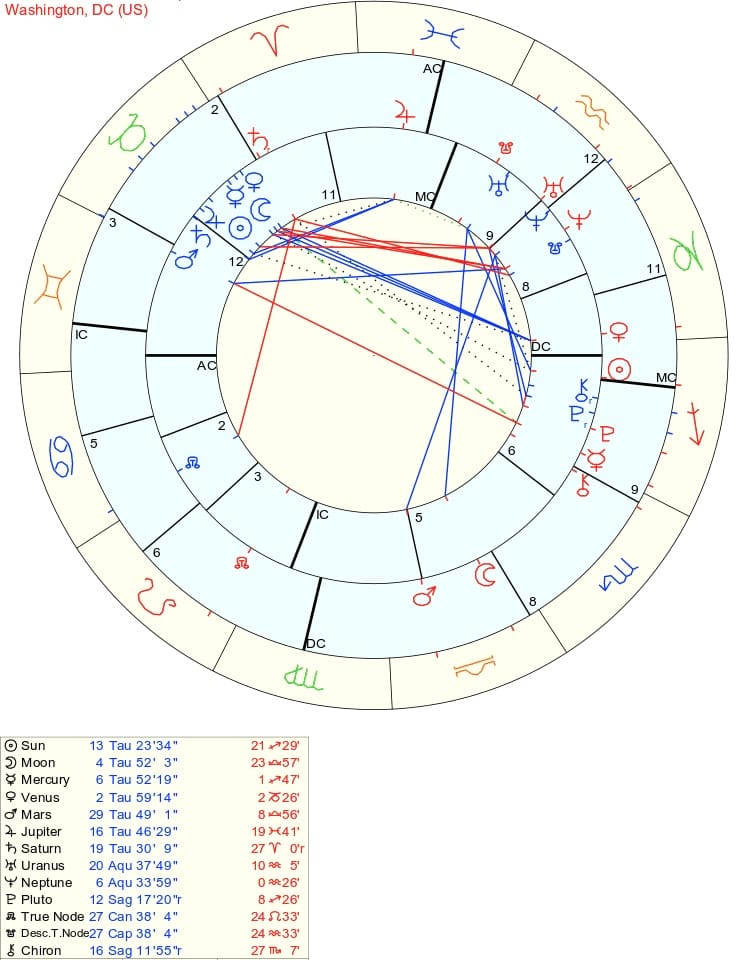
First off, we see the Venuses exactly trine one another, off by just a few minutes. We see the Moon has solid aspects in each chart, with Mercury being opposite Mars and inconjunct the Moon in a chart. Each Mercury has positive aspects to the nodes. Mars also has some solid aspects (quintiles and biquintiles) in each chart. Not every chart, synastry or otherwise, can have only “good“ aspects. This one is no exception. Sometimes tension is needed to propel us into growth. But I wanted to show an example of, what looks to be so far, a solid natal synastry.
Here is the progressed synastry chart:
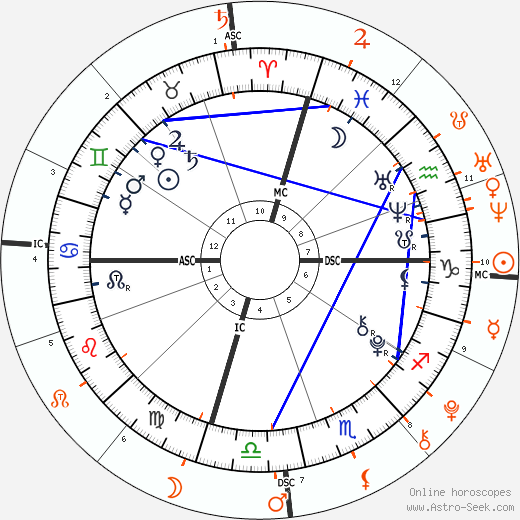
I know. You’re looking at this chart and going, “That’s mostly trines and sextiles! Are you kidding me?” Hear me out. Please. The outer chart’s progressed Moon is square the inner chart’s Mercury. The inner chart’s Moon looks to be unaspected. But the Venus in both charts still remain at a close trine to one another, with a 1 degree orb, as one Venus is in Aquarius at 3 degrees, and the other is in Gemini at 2. How sweet.
After analyzing the synastry between birth charts, and between progressed charts, you may also find it helpful to go one step further and dive into the synastry of one person’s birth chart to the other person’s progressed chart. The chart itself paints a story, and while it should reveal most, if not all, of its secrets after analyzing all of this and transits, you may find it helpful to look at the birth chart of a partner on top of the progressed chart of the other partner.
You can calculate your progressed synastry chart here. Let me know if you have anything you want covered next or any questions.
With love,
Abigail





